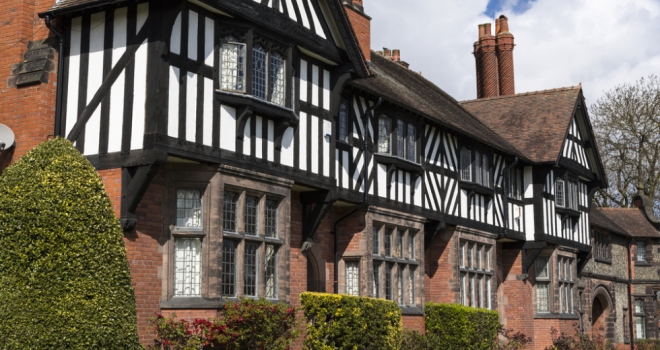
Despite being protected by law, listed buildings can be modernised with consent and bringing a listed building to market can be a lucrative endeavour as they offer something unique to homebuyers - the estimated average asking price of a grade listed property across England currently sits at £750,000, 131% above the national average asking price.
Alliance Fund takes a look at investing in a grade-listed building, the cost of doing so, how it may help investors sidestep a downturn in the market and how to reduce risk in the process.
It’s not just appeal that contributes to a higher price paid by homebuyers, a grade-listed building can also be incredibly hard to come by in the open market.
Figures show that there are an estimated 379,337 listed buildings recorded across the nation. This may sound like a lot, but it equates to just 1.5% of the total in England, with Grade I listed homes accounting for just 0.04%.
Iain Crawford, CEO of Alliance Fund, commented: “The rarity of grade listed buildings sets them apart from any regular bricks and mortar investment as they are essentially similar to investing in rare jewellery or an antique piece of furniture. They hold their own, unique value and their limited supply can ensure that this value is held regardless of what might be happening across the wider property market.”
Things to consider when investing
When purchasing a listed building, there are additional considerations to make. Firstly, you will need a Listed Building or Historical Building Survey.
You will also require specialist property insurance due to the higher rebuild costs associated with a listed home and these costs are also higher when maintaining the property as it’s more than likely you’ll need specific trade skills and materials.
There will also be restrictions on just how much work you can do to the building and more often than not, you won’t be able to make any significant modifications to the external structure or the internal layout. However, you may be able to add a significant amount of value by repairing and modernising the property where possible.
How to reduce risk when investing
When investing in a listed building, the best way to reduce risk relies on what and who you know. Getting a full view of just what you’re investing in upfront is essential, so it’s well worth paying for a full structural survey to identify any issues or defects and just what needs to be done to rectify these within the rules.
Have a top solicitor on hand to advise you on the legalities and restrictions so you can properly plan what needs to be done and how you can go about doing it.
You’ll also need experienced hands when it comes to the work itself, which means hiring tradespeople with experience of working on grade-listed buildings to review the job before you begin.
Never cut corners when it comes to obtaining the correct permissions, adjusting your plans during the initial stages is far more time and cost-effective than having to do so halfway through the renovation process.
However, it’s not all rules and regulations to be followed when it comes to grade-listed buildings, there are grants available to subside some of the repair costs associated, so ensure you make the most of these in order to keep costs down.





